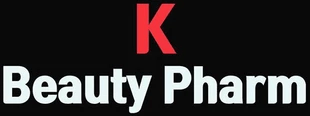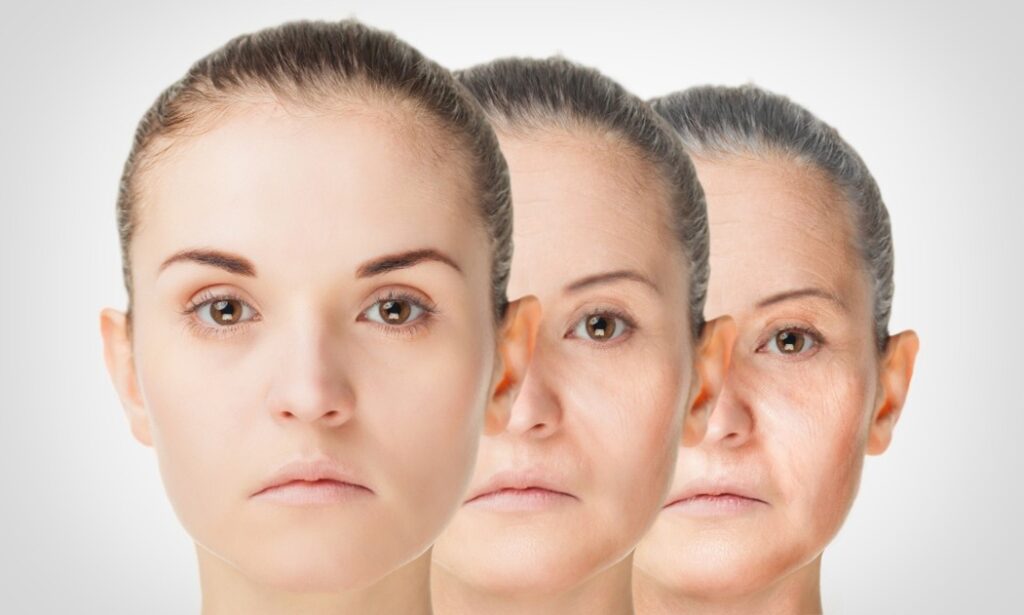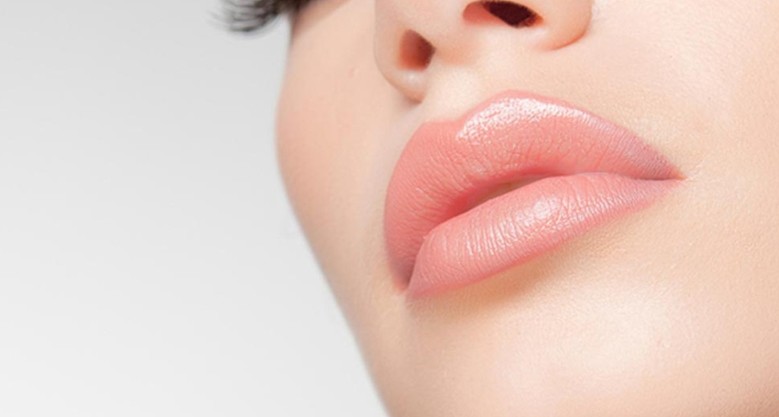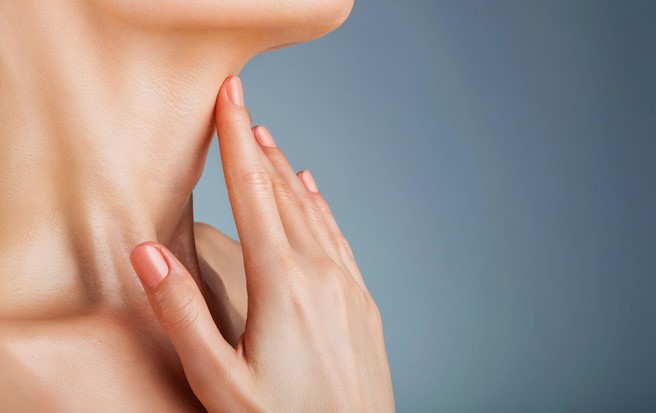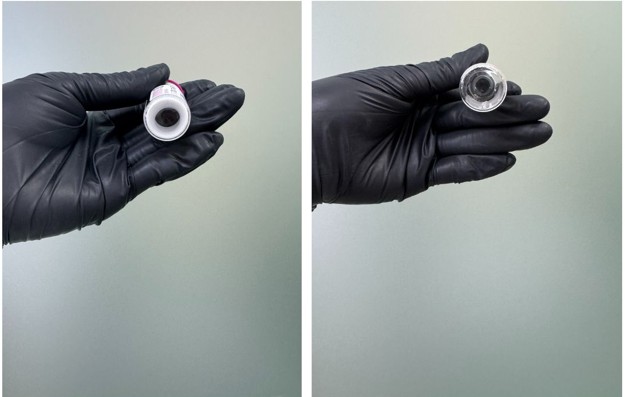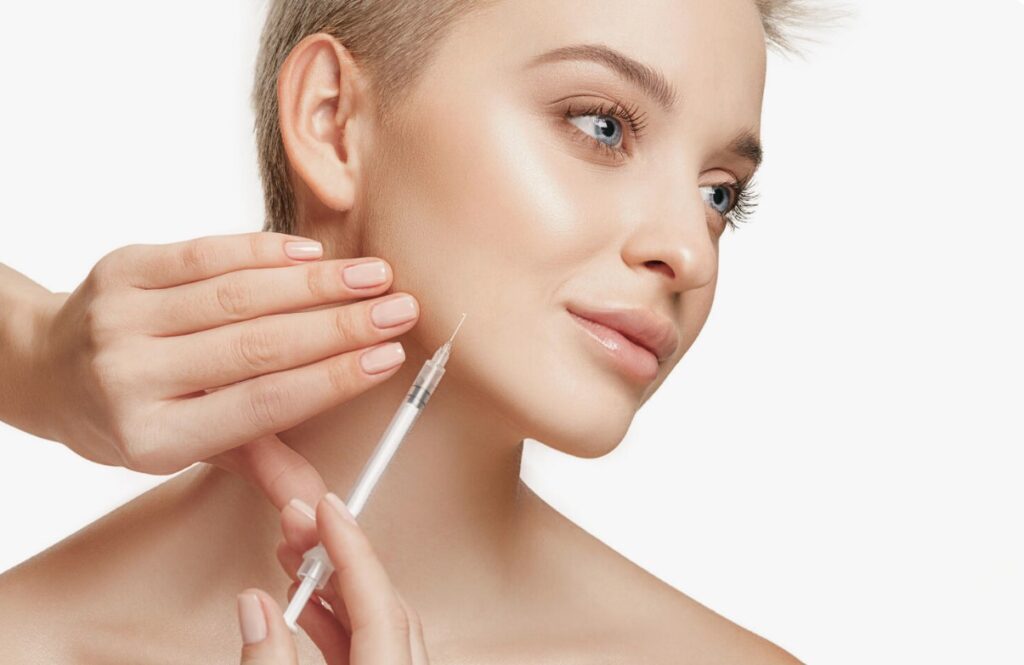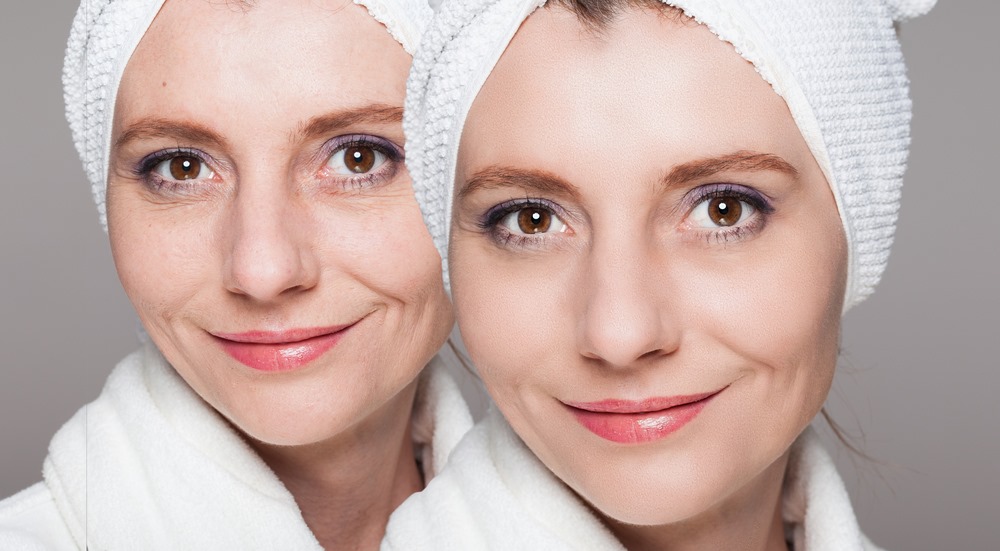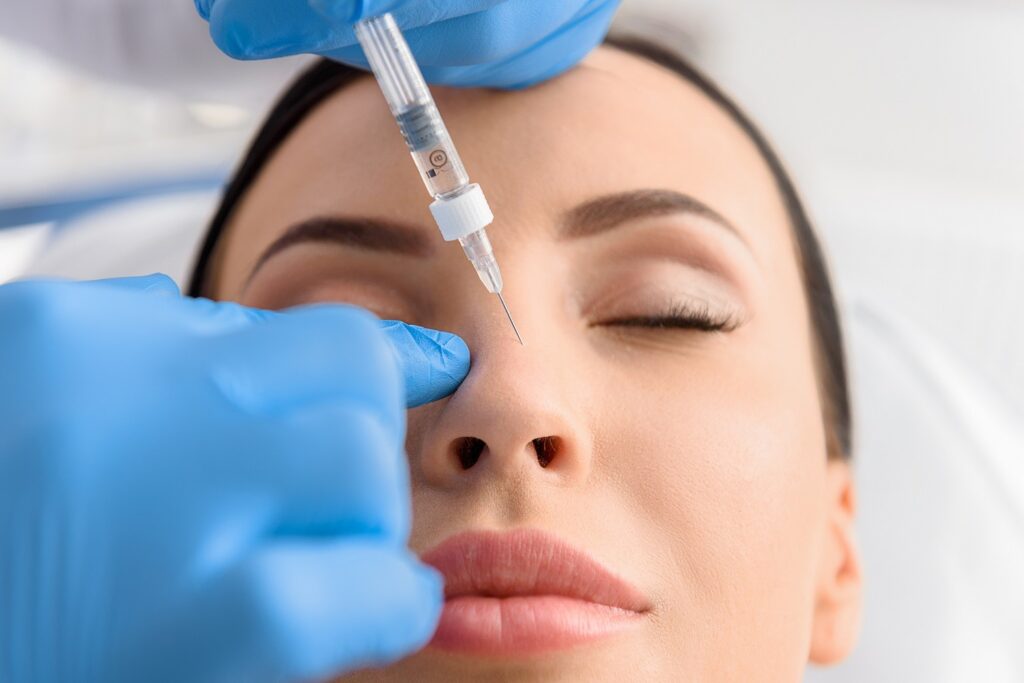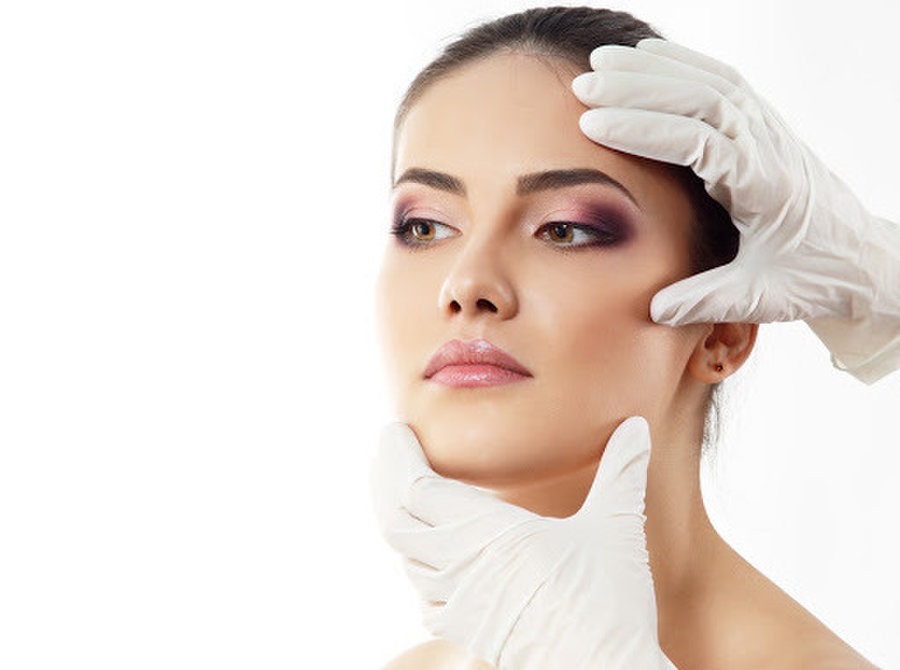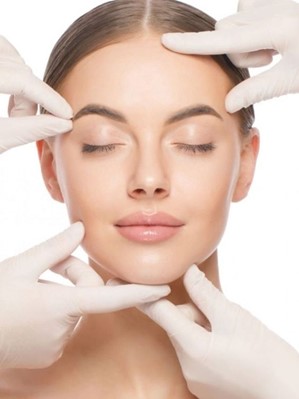Dermal Fillers vs. Botox: Which is Right for You?
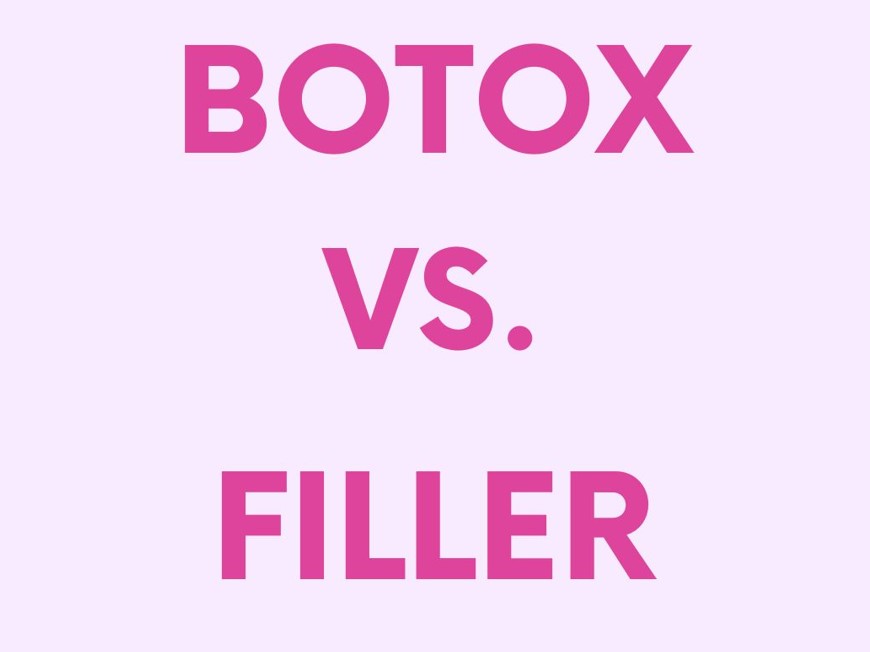
People compare Botox and fillers since both are among the most popular cosmetic treatments designed to minimize signs of aging. Dermal fillers, aka facial fillers, rank just behind Botox as the most frequently requested non-surgical cosmetic procedures. Although both Botox and dermal fillers serve to rejuvenate and enhance the skin, they are distinct treatments, each providing unique advantages. In this article, we will delve into the differences between Botox and dermal fillers, discussing everything from their mechanisms to possible side effects. Additionally, we will address queries such as, How do Botox and dermal fillers work? Whether your goal is to smooth out wrinkles or lessen a gummy smile, understanding the differences between these widely used treatments will assist you in selecting the procedure that best aligns with your objectives.
Dermal Fillers
Dermal fillers are injectable treatments to restore volume, reduce wrinkles, and improve facial features. They are particularly effective in addressing signs of aging caused by the loss of skin elasticity and fat, such as hollow cheeks, deep lines, and thin lips.
How Dermal Fillers Work
Dermal fillers restore lost volume and promote collagen production. The effects are immediate, and depending on the type of filler used, the results typically last from 6 months to 2 years.
Types of Dermal Fillers
- Hyaluronic Acid Fillers: These are the most common type of fillers. Hyaluronic acid is a naturally occurring substance in the skin that helps retain moisture and add volume.
- Calcium Hydroxylapatite Fillers: This type of filler is denser and often used for deeper lines and wrinkles, as well as enhancing volume in areas like the cheeks.
- Poly-L-lactic Acid Fillers: These fillers stimulate collagen production, gradually improving skin thickness and elasticity over time.
Botox
Botulinum toxin, also known as Botox, is a neurotoxin that temporarily impairs muscles. It is primarily used to reduce the appearance of dynamic wrinkles, which are caused by repeated facial expressions such as smiling or frowning.
How Botox Work
Botox blocks nerve signals to the muscles, preventing the muscle contractions. This muscle relaxation smooths out the skin layers, reducing the wrinkles’ appearance.
Types of Botox
- Botulinum Toxin Type A: This is the most commonly used form of Botox for cosmetic treatments. Type A Botox treats facial wrinkles such as crow’s feet, forehead lines, and frown lines.
- Botulinum Toxin Type B: While less common in cosmetic use, Type B is sometimes used for medical conditions involving muscle spasticity.
Key Differences Between Dermal Fillers and Botox
Primary Uses
Botox is best suited for treating dynamic wrinkles caused by muscle movement, such as frown lines and crow’s feet. Dermal fillers, on the other hand, are ideal for addressing static wrinkles and volume loss, such as nasolabial folds, marionette lines, and hollow cheeks.
Treatment Areas
Botox is commonly used on the upper face, including the forehead, between the eyebrows, and around the eyes. Dermal fillers are more versatile and can be used in various areas of the face, including the cheeks, lips, chin, and under the eyes.
Duration of Effects
Botox’s effects typically last 3 to 4 months, while dermal fillers can last anywhere from 6 months to 2 years, depending on the type of filler and the area treated.
Onset of Results
Botox results usually take a few days to become noticeable, with full effects appearing within two weeks. In contrast, the results from dermal fillers are immediate, though some swelling and bruising may occur initially.
Both Botox and dermal fillers offer unique benefits that cater to different aesthetic concerns. Understanding these benefits and how they differ can help individuals choose the most appropriate treatment for their needs.
Benefits of Botox
- Effective for Dynamic Wrinkles: Botox is specifically designed to treat dynamic wrinkles, which are caused by repetitive muscle movements such as frowning or squinting. It is highly effective in smoothing out fine lines and wrinkles on the forehead, between the eyebrows, and around the eyes (crow’s feet).
- Prevents Wrinkle Formation: Regular Botox treatments can prevent the formation of new wrinkles by limiting muscle movements that cause lines to deepen over time. This makes Botox an excellent preventative treatment for younger individuals looking to maintain a youthful appearance.
- Quick Procedure with Minimal Downtime: Botox injections are quick, typically taking only 10-15 minutes, with no recovery time required. As a result, they are an excellent choice for those with busy schedules.
- Temporary Effects: The effects of Botox last for about 3 to 4 months, making it a low-commitment option. If desired, treatments can be discontinued without permanent changes to the face.
Benefits of Dermal Fillers
- Restores Volume and Fullness: Dermal fillers are ideal for addressing volume loss in the face, which occurs naturally with aging. They can enhance facial contours, fill in hollow areas, and restore youthful plumpness to the skin.
- Versatile Applications: Fillers can be used in various areas of the face, including the cheeks, lips, jawline, and under the eyes. They effectively smooth out deeper, static wrinkles like nasolabial folds and marionette lines.
- Immediate Results: Unlike Botox, the effects of dermal fillers are visible immediately after the procedure, making them an attractive option for those looking for instant gratification.
- Longer-Lasting Effects: The results can last from 6 months to 2 years depending on the type of filler used. This longer duration means fewer follow-up appointments are needed to maintain the desired look.
Risks and Side Effects
While generally safe, both treatments come with potential risks. Botox’s most common side effects include temporary muscle weakness, swelling, and bruising. Rarely, more serious complications like drooping eyelids can occur. Dermal fillers may cause swelling, bruising, and lumps. In rare cases, allergic reactions or vascular complications can occur if the filler is inadvertently injected into a blood vessel.
Choose a qualified and experienced practitioner to minimize these risks and achieve the best results.
Choosing the Right Option for You
Factors to Consider
Deciding between Botox and dermal fillers depends on several factors, including your age, skin type, and specific concerns. Botox is typically recommended for younger individuals looking to prevent or reduce the early signs of aging caused by muscle activity. Dermal fillers are more suitable for older individuals experiencing significant volume loss and deeper wrinkles.
Consult a Specialist
A professional consultation is essential to determine the best treatment plan for your unique needs. A qualified specialist can assess your facial structure, skin condition, and aesthetic goals to recommend the most appropriate treatment or combination of treatments.
Combination Treatments
In many cases, combining Botox and dermal fillers can provide the best results. Botox can relax dynamic wrinkles, while fillers address volume loss and enhance facial contours. This comprehensive approach can create a more balanced, natural-looking rejuvenation.
For example, Botox can smooth forehead lines and crow’s feet, while fillers add volume to the cheeks and lips, providing a more youthful appearance without surgery.
Conclusion
Deciding between Botox and dermal fillers depends on your goals. Botox is ideal for smoothing dynamic wrinkles from muscle movements, while dermal fillers are best for restoring facial volume and addressing deeper, static wrinkles. Consult a dermatologist to assess your needs and develop a personalized treatment plan. A professional consultation will ensure you achieve the best, most natural results.
